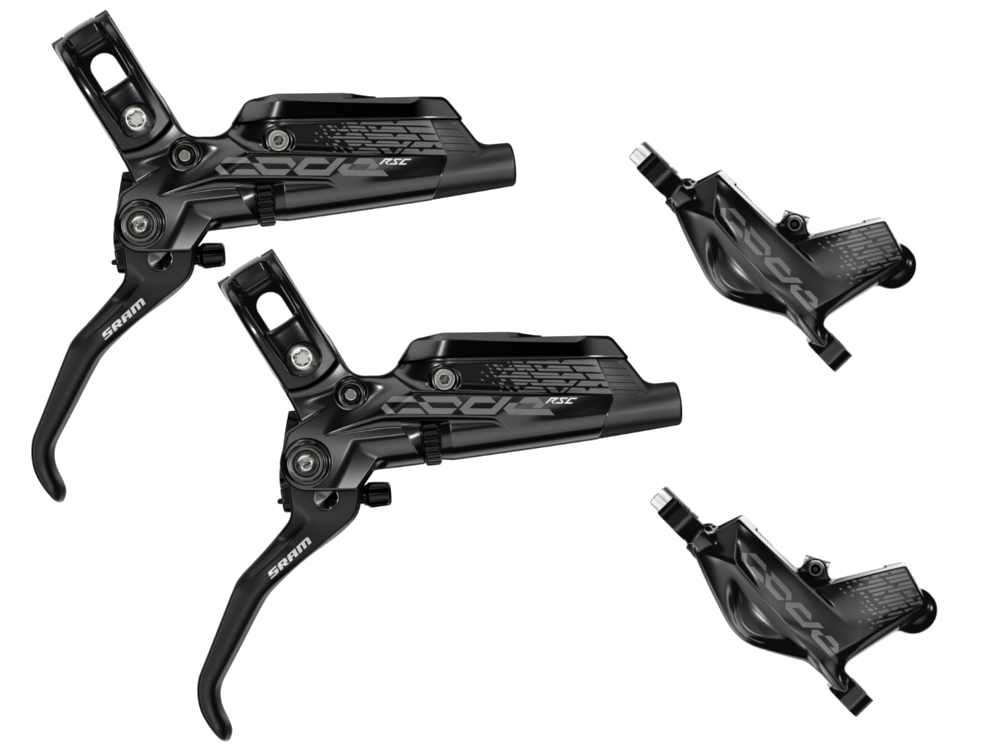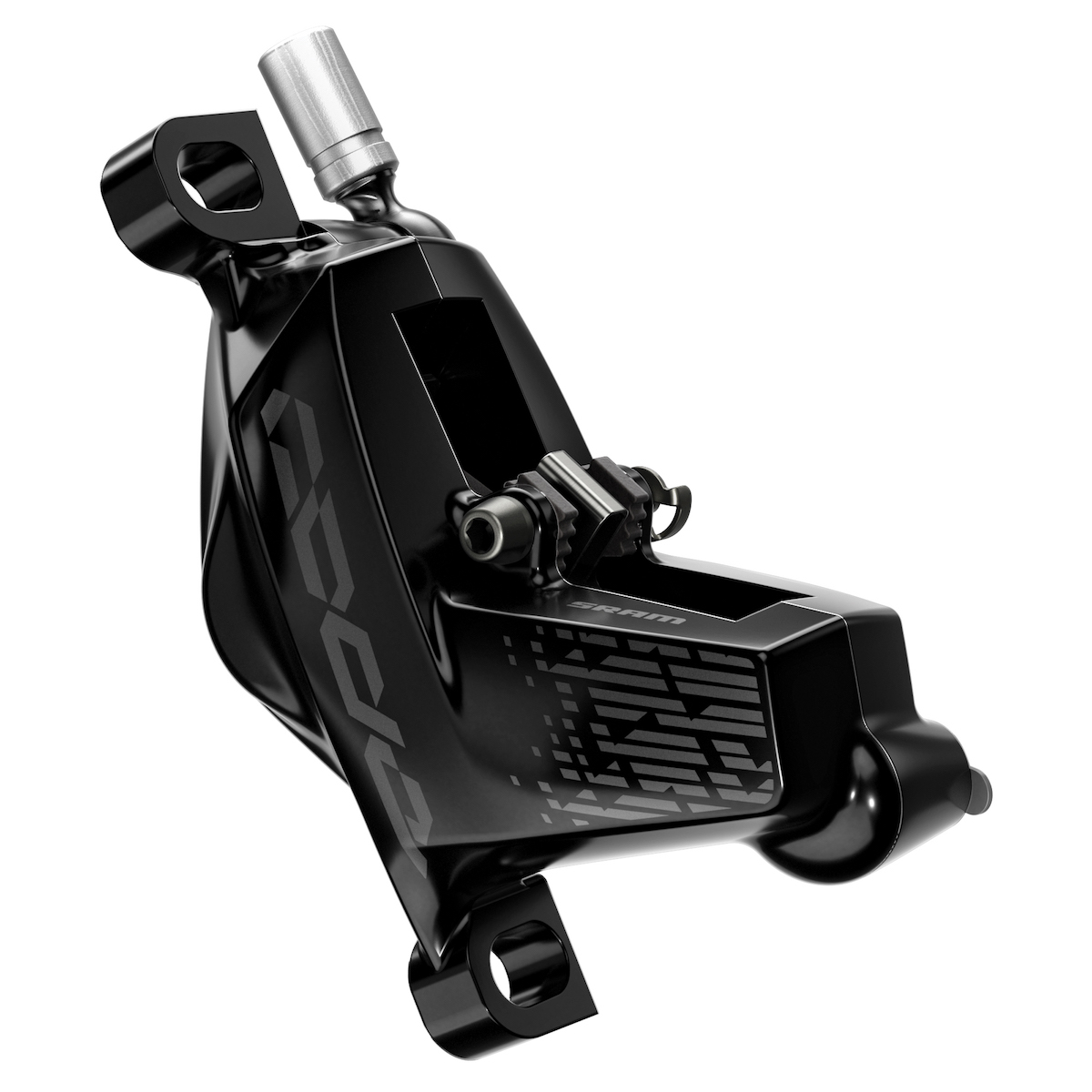SRAM Code R vs RSC: A Comprehensive Comparison
SRAM Code R and RSC: Top-Tier Brake Systems
SRAM Code R and RSC are two of the most popular brake systems among serious mountain bikers. These high-quality brakes are known for their exceptional performance and reliability, making them a top choice for riders who demand the best. This article will provide an in-depth comparison of the SRAM Code R and RSC, helping you decide which one is right for your needs.
SRAM Code R vs RSC: A Comprehensive Comparison
SRAM Code R and RSC: Top-Tier Brake Systems
The SRAM Code R and RSC are two high-quality brake systems that are popular among serious mountain bikers. This article will provide an in-depth comparison of the two, helping you decide which one is better suited to your needs.
Key Differences Between SRAM Code R and RSC
The SRAM Code R and RSC have several key differences that are worth considering. The RSC model offers more advanced features, such as improved modulation and adjustability, but it also comes with a higher cost. The Code R is a reliable and affordable option, but it may not offer the same level of performance as the RSC. When deciding between the two, consider your budget, riding style, and performance preferences.
Understanding Brake Modulation: A Closer Look at SRAM Code R and RSC
Brake modulation is the ability to smoothly and precisely control the braking force. It is an important factor in providing a comfortable and confident riding experience, especially when riding on technical terrain. The SRAM Code R and RSC both offer excellent modulation, but the RSC has a slight edge in this area.
The SRAM Code RSC uses a technology called SwingLink, which is designed to provide a more linear and consistent feel throughout the brake lever stroke. This technology allows the rider to apply a more precise and controlled braking force, even in challenging conditions. The Code R, on the other hand, uses a more traditional cam system, which provides good modulation but may not be as precise as the SwingLink system.
In addition, the RSC model also features adjustable lever reach and contact point, which allows the rider to further customize the brake feel to their individual preferences. This level of adjustability can be especially beneficial for riders with smaller hands or those who prefer a different brake lever position.
In summary, the SRAM Code RSC offers superior modulation capabilities compared to the Code R, thanks to its SwingLink technology and adjustable lever reach and contact point. However, the Code R still provides excellent modulation and is a reliable and affordable option for serious mountain bikers.
Adjustability: Customizing Your Braking Experience
When it comes to adjustability, both the SRAM Code R and RSC offer a range of options to help riders fine-tune their braking experience. However, the RSC offers a few more advanced features that may be of interest to serious riders looking for the best performance.
One key adjustability feature of the SRAM Code RSC is the ability to adjust the contact point, or the point in the brake lever stroke where the pads make contact with the rotor. This allows riders to customize the initial bite point of the brake, which can be especially useful for technical riding where precise braking is key. The Code R also offers contact point adjustability, but the RSC’s system is more precise and easier to use.
Another adjustability feature of the RSC is the ability to adjust the lever reach, or the distance from the handlebar to the brake lever. This is especially useful for riders with smaller hands, as it allows them to bring the lever closer to the handlebar for a more comfortable grip. The Code R also offers reach adjustability, but the RSC’s system is more precise and offers a wider range of adjustment.
In summary, both the SRAM Code R and RSC offer a range of adjustability options to help riders customize their braking experience. However, the RSC offers a few more advanced features, such as more precise contact point and reach adjustments, that may be of interest to serious riders looking for the best performance. When considering the Code R vs RSC, it’s important to keep these adjustability options in mind and choose the brake system that best fits your individual needs and preferences.
Price and Value: SRAM Code R vs RSC
When it comes to price, the SRAM Code R and RSC have a significant difference. The Code R is generally more affordable, making it a popular choice for many riders. However, the RSC offers more advanced features and superior performance, which may make it worth the extra cost for serious riders who demand the best.
In terms of value, both the Code R and RSC offer a lot for the price. The Code R is a high-quality brake system that provides reliable and consistent performance, making it a great choice for riders who want a dependable brake system without breaking the bank. The RSC, on the other hand, offers advanced features such as SwingLink technology and contact point adjustability, making it a great choice for riders who want the best performance and customization options.
When comparing the two, it’s important to consider your budget and performance needs. If you’re a casual rider who wants a reliable brake system, the Code R may be the better choice. However, if you’re a serious rider who demands the best performance and customization options, the RSC may be worth the extra cost. Ultimately, the decision comes down to your individual needs and preferences.
How to Choose Between SRAM Code R and RSC
When it comes to choosing between the SRAM Code R and RSC, there are several factors to consider. Here are some tips to help you make an informed decision:
- Budget: The SRAM Code R is generally more affordable than the RSC, making it a better choice for riders on a tight budget.
- Riding style: The SRAM Code R is a great all-around brake system that is suitable for most riding styles. However, if you demand the best performance and customization options, the RSC may be the better choice.
- Performance preferences: The SRAM Code RSC offers superior modulation and adjustability compared to the Code R. If these features are important to you, the RSC may be worth the extra cost.
- Testing the brakes: Before making a decision, it’s important to test the brakes and see how they feel. Visit your local bike shop and take a test ride to see which brake system feels better for you.
Ultimately, the decision between the SRAM Code R and RSC comes down to your individual needs and preferences. Consider your budget, riding style, and performance preferences, and make an informed decision based on your findings. Remember, the best brake system for you is the one that meets your specific needs and provides the best overall experience.
Maintaining Your SRAM Code R or RSC Brake System
Maintaining your SRAM Code R or RSC brake system is crucial to ensuring optimal performance and longevity. Regular cleaning and servicing can help prevent issues such as brake fade, poor modulation, and reduced stopping power. Here are some tips on how to maintain your SRAM Code R or RSC brake system:
- Cleaning: Use a mild detergent and warm water to clean the brake system, being careful to avoid getting any water in the brake lever or caliper. Dry thoroughly to prevent rust and corrosion.
- Bleeding: Bleed the brakes regularly to remove any air that may have entered the system. This can help improve modulation and prevent brake fade.
- Pad replacement: Replace the brake pads when they wear down to the minimum thickness. This will help ensure consistent stopping power and prevent damage to the rotors.
- Tools and supplies: Invest in the necessary tools and supplies, such as a brake bleed kit, to make maintenance easier and more efficient.
By following these maintenance tips, you can help ensure that your SRAM Code R or RSC brake system performs at its best and lasts for many rides to come. Remember, regular maintenance is key to getting the most out of your investment and enjoying a safe and enjoyable riding experience.
Conclusion: SRAM Code R vs RSC – Which One is Right for You?
After a thorough comparison, it’s clear that both the SRAM Code R and RSC are high-quality brake systems that cater to the needs of serious mountain bikers. However, there are key differences between the two that can influence your decision. The SRAM Code R is an excellent choice for those who are looking for a reliable and adjustable brake system at a reasonable price. On the other hand, the SRAM Code RSC offers superior modulation, more advanced adjustability options, and unmatched performance, making it the ideal choice for serious riders who demand the best.
When choosing between the SRAM Code R and RSC, consider your budget, riding style, and performance preferences. If you’re looking for a more affordable option that still delivers top-notch performance, the SRAM Code R is a great choice. However, if you’re willing to invest in the best performance and advanced features, the SRAM Code RSC is the way to go. It’s essential to test the brakes and make an informed decision based on your individual needs and preferences.
Regardless of which brake system you choose, it’s crucial to maintain your SRAM Code R or RSC brake system to ensure optimal performance and longevity. Regular cleaning and servicing can go a long way in preserving the quality of your brakes and enhancing your overall riding experience. By following the tips and guidelines provided in this article, you can make an informed decision and enjoy the best possible performance from your SRAM Code R or RSC brake system.







